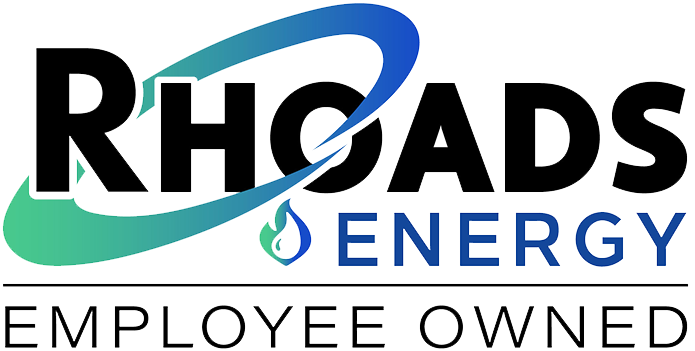What Exactly is Propane?
Propane is a versatile, eco-friendly fuel source that powers homes, businesses, and transportation around the world.
With a lower carbon footprint than traditional fuels, propane provides reliable energy while minimizing environmental impact.
We’ll dive into what propane is, how it’s made, how it compares to natural gas, and why it has become an essential fuel for everything from home heating to agriculture and transportation.
What is Propane Made From?
Propane is produced as a byproduct of natural gas processing, although it can also be refined from crude oil.
During the production process, natural gas is cooled and pressurized, which causes the hydrocarbons created during the natural gas refining process, including propane, to separate from the gas itself.
The propane created during this process is then collected and stored (usually in those ever-familiar refillable propane tanks), ready to be used as a clean-burning, more efficient fuel source.
What is Propane?
Propane, sometimes known as Liquefied Petroleum Gas (LPG), is a gas that’s compressed and stored as a liquid for easier transportation and storage. When released, it quickly vaporizes back into gas form.
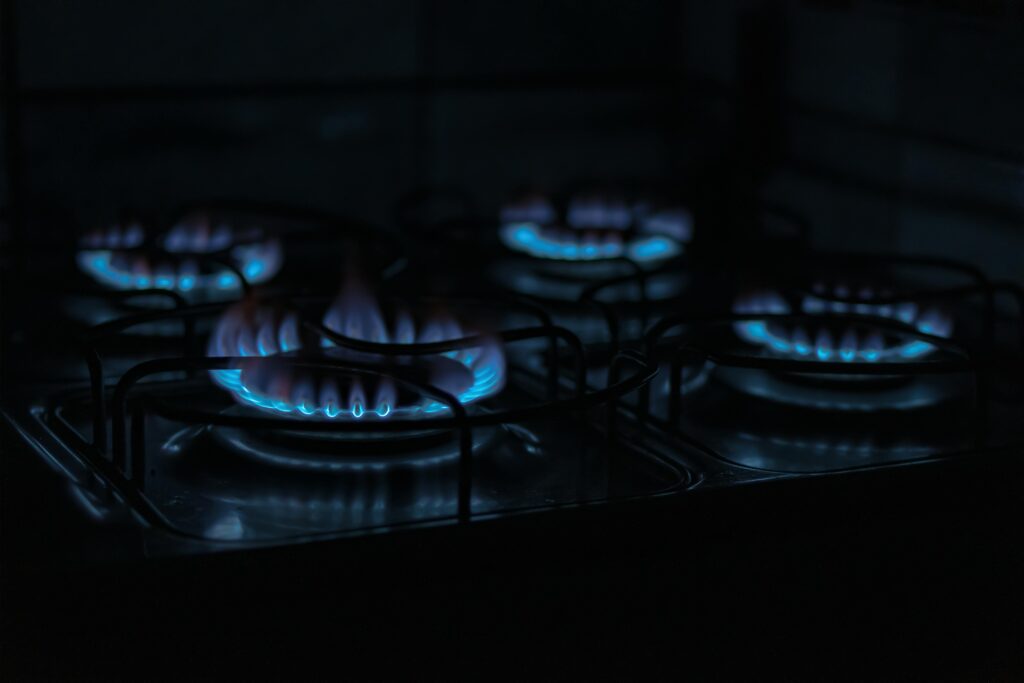
Propane is nontoxic, colorless, and nearly odorless, though an odor is usually added to help detect leaks.
Known for being safer than many other fuel sources, propane does not pose a risk to soil, surface, or groundwater if spilled, making it an environmentally responsible choice for various applications.
What is the Difference Between Propane and Natural Gas?
Although both propane and natural gas are widely used as heating fuel, both differ significantly in origin and environmental impact.
Natural gas is a non-renewable resource that is mixed with crude oil to be converted into usable fuel.
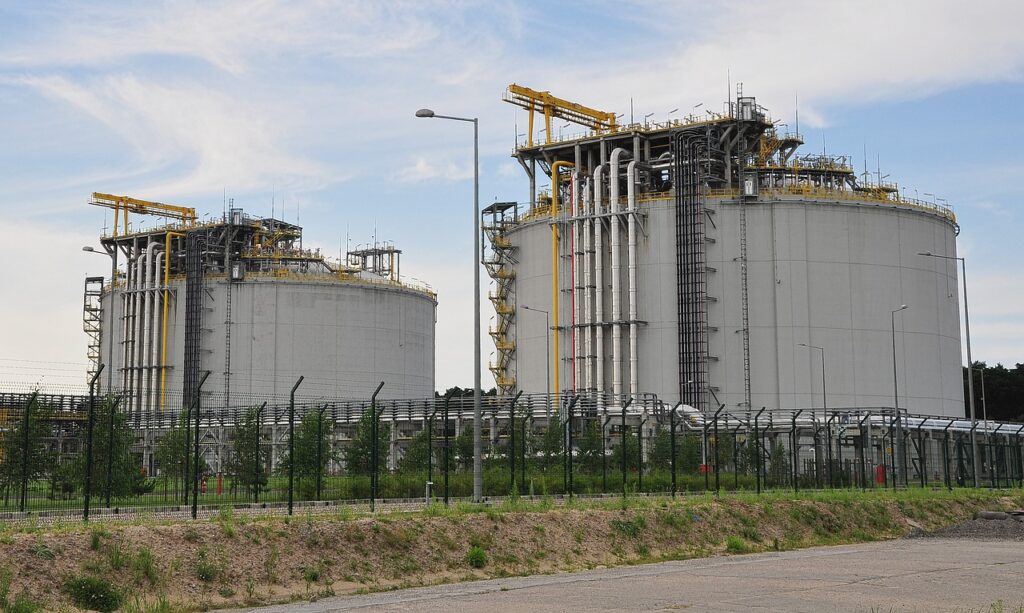
Propane, on the other hand, is a byproduct extracted from natural gas during processing. Both are clean-burning gases, but propane is often considered the greener option, as it emits fewer greenhouse gases.
While natural gas relies on extensive pipeline infrastructure for delivery directly to homes, propane is typically stored in on-site tanks, providing users with more control over their fuel supply, and reducing their carbon footprint.
What is Propane Used For?
Propane is a significant energy source, making up about 40% of total utility energy consumption in the U.S., with 90% of the propane supply produced domestically.
It’s widely used for residential and commercial applications, including space and water heating, cooking, and as a fuel for appliances.

Beyond homes, propane powers various types of equipment, such as forklifts, farm machinery, fleet vehicles, and even buses—where it’s often known as propane autogas. Because of this versatility and efficiency propane has become a popular choice across numerous industries.
Benefits of Using Propane
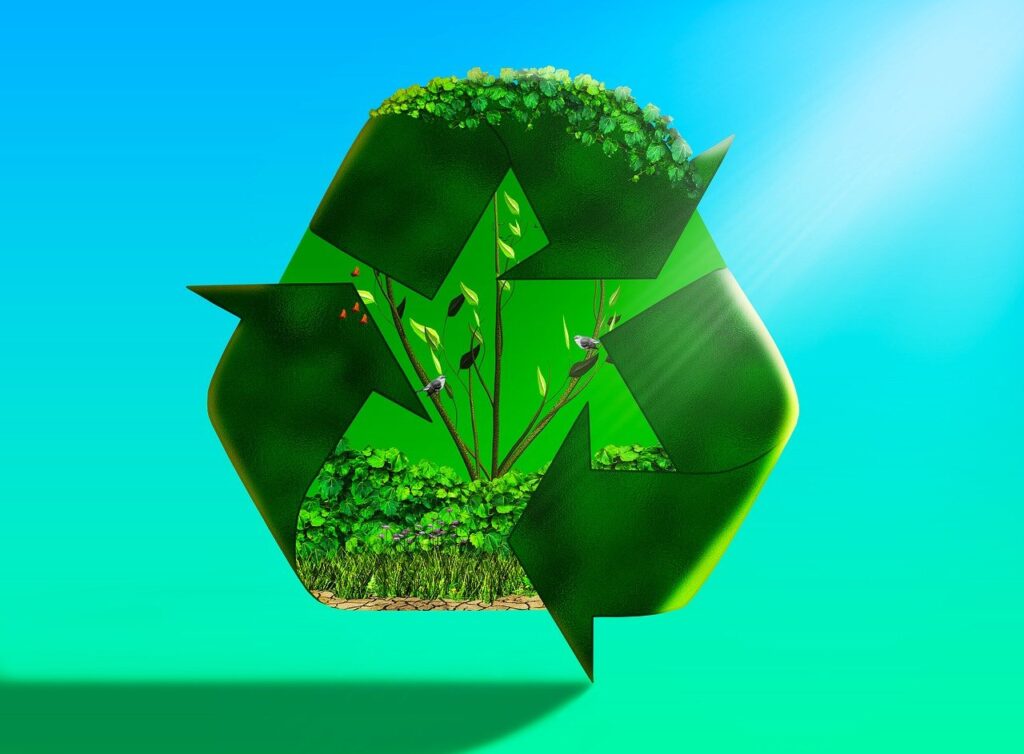
Eco-Friendly
Propane is an environmentally friendly fuel option. It burns cleaner and more efficiently than natural gas, fuel oil, diesel, or electricity.
When released, propane dissipates as a gas, reducing the risk of harmful buildup in the air or environment.
Its combustion produces no ozone-damaging emissions, making it a responsible choice for reducing its carbon footprint.
Safe
Propane is nontoxic and emits lower levels of greenhouse gases compared to many energy sources. Leaks from propane tanks don’t contaminate water or soil, and propane dissipates quickly, minimizing safety risks. This makes it a safe option for homes, families, and properties.
Affordable
Thanks to domestic production, propane remains a cost-effective energy source with stable pricing. Its efficiency means lower utility costs, helping households and businesses save money!
Renewable Propane
In addition to traditional propane, renewable propane offers a sustainable alternative made from renewable feedstocks like plant oils, animal fats, and used cooking oils.
Renewable propane functions can act as a direct replacement for “traditional” propane and is compatible in all the same applications. A popular source of renewable propane is camelina seed oil, a plant from the mustard family.
While renewable propane is currently more common in states like California, Washington, and Oregon due to their more progressive fuel standards, we may see wider adoption in the future.
What is the Price of Propane per Gallon?
Propane prices fluctuate similarly to other fuels, influenced by production costs and seasonal demand.
Propane prices typically fall between those of natural gas and crude oil, with winter heating needs often causing a temporary price increase.
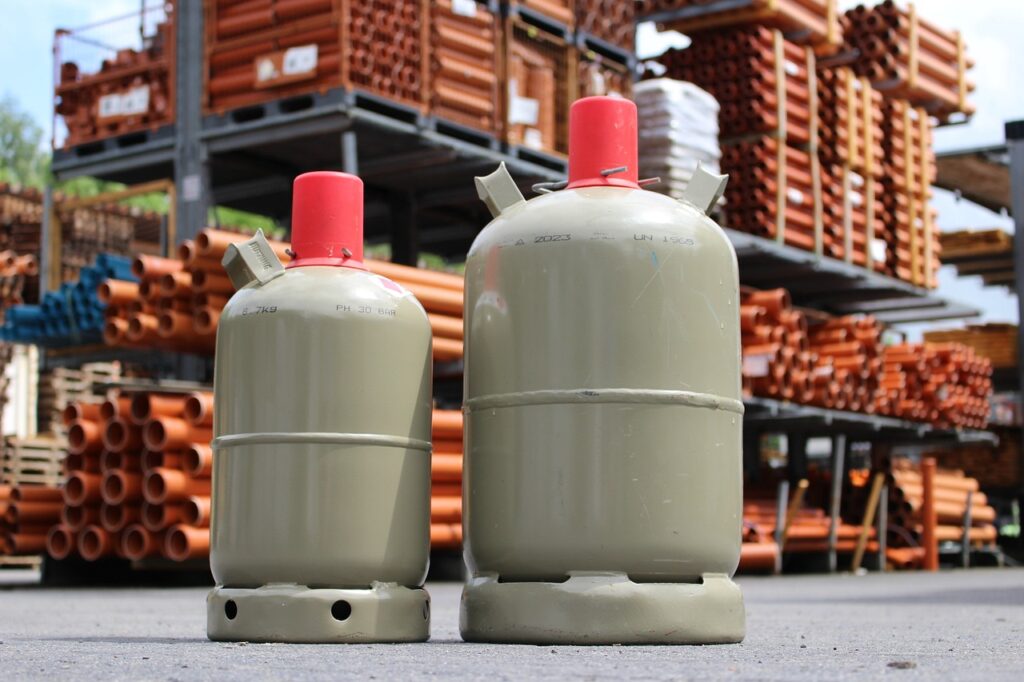
To check average prices, the U.S. Energy Information Administration provides updated data here.
Rhoads offers pricing programs like Bundle Up to help customers stabilize propane costs throughout the year.
